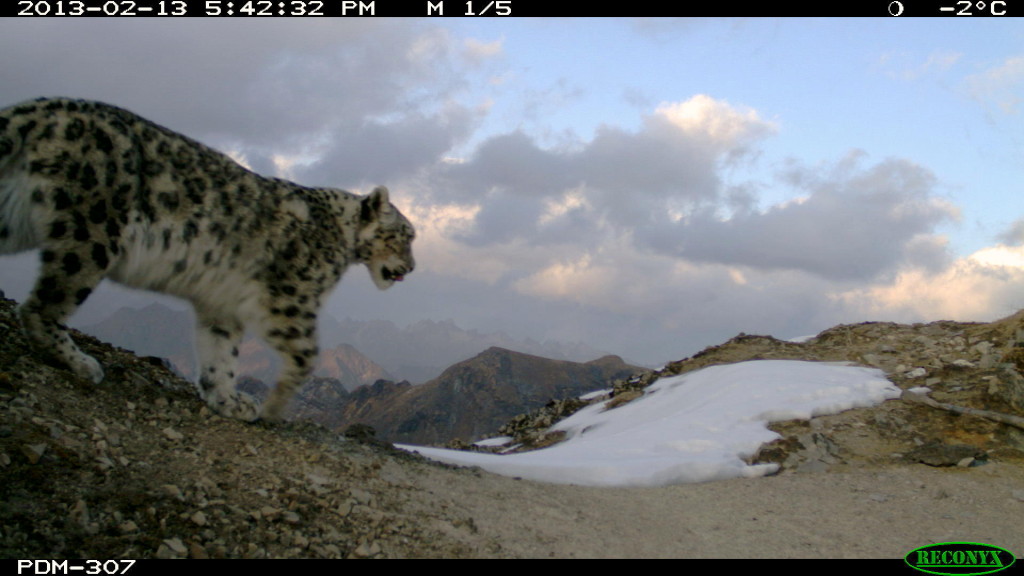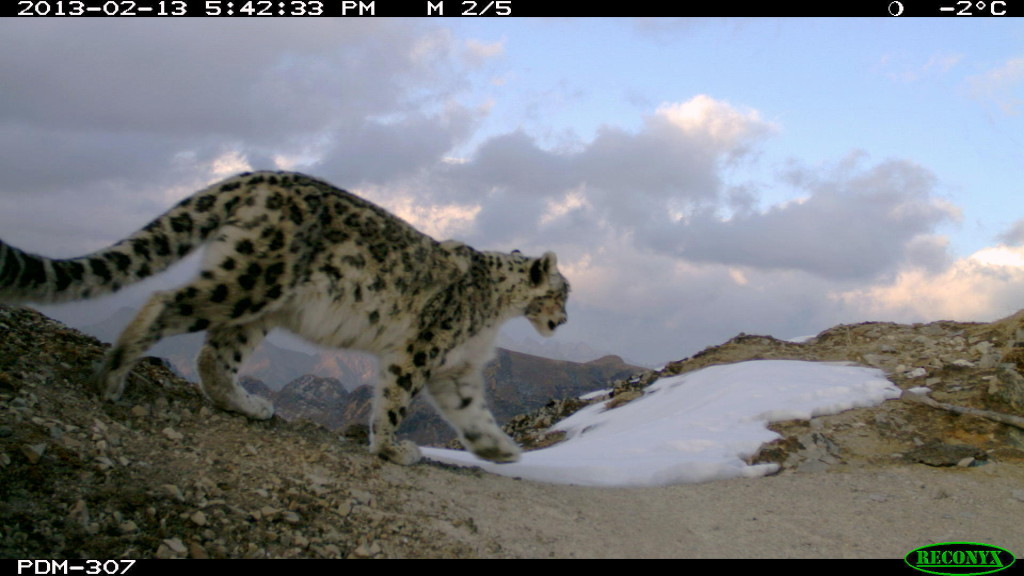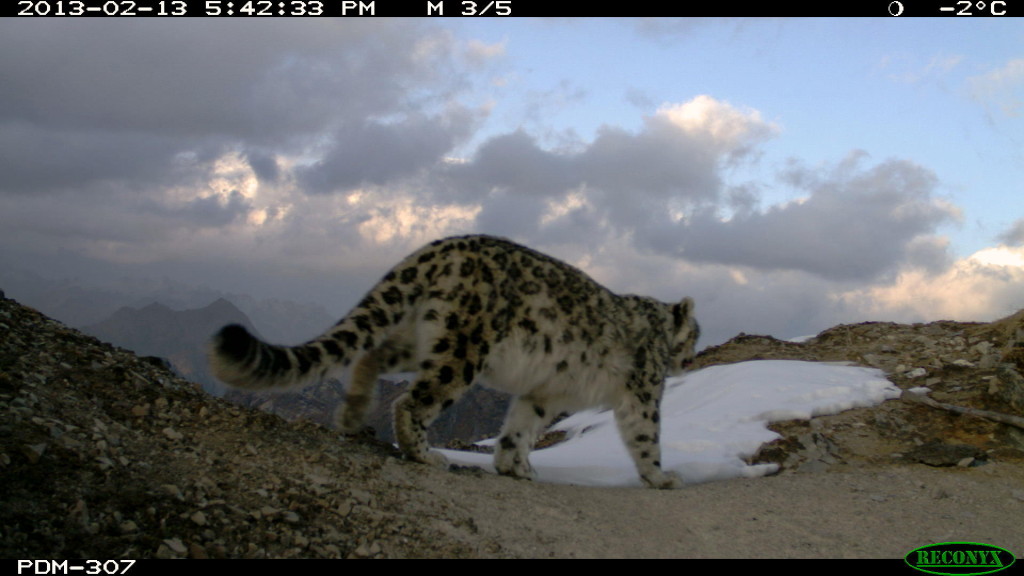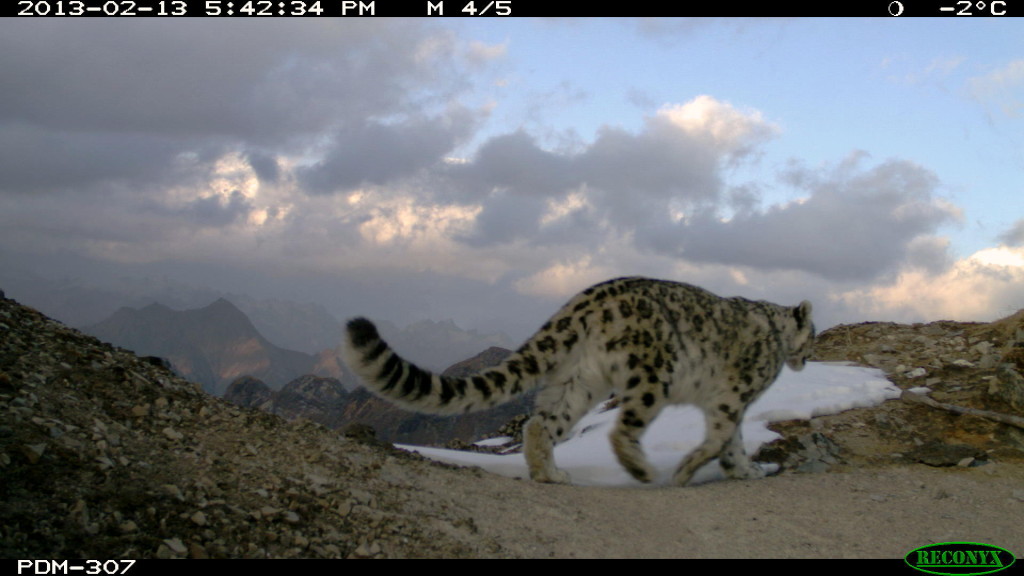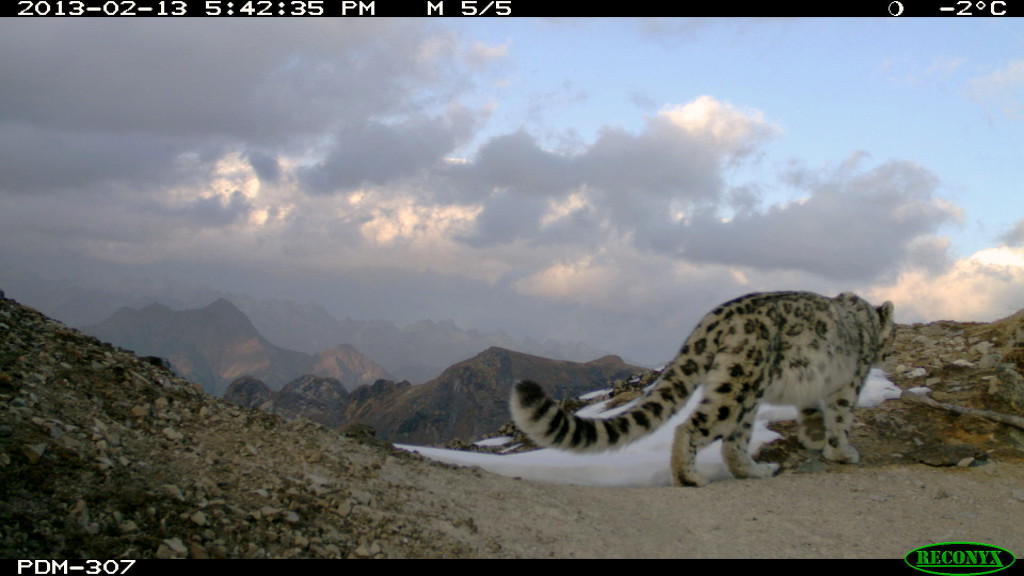Exclusive photos: Snow leopards caught on camera trap
This critical conservation work was made possible by WWF’s generous donors. Interested in doing more? Register today for WWF’s Canada Life CN Tower Climb, make a donation or check out our Community Panda program.
Snow leopards – perhaps the most elusive of all animals in the Himalayas – are found in a narrow band of land between the treeline and snowline in the Himalayas. There, they live in scattered habitats where there’s ample food.
These rare photos were taken by camera traps in Western range of Wangchuck National Park as part of the WWF led investigation to assess snow leopard population status in Bhutan.
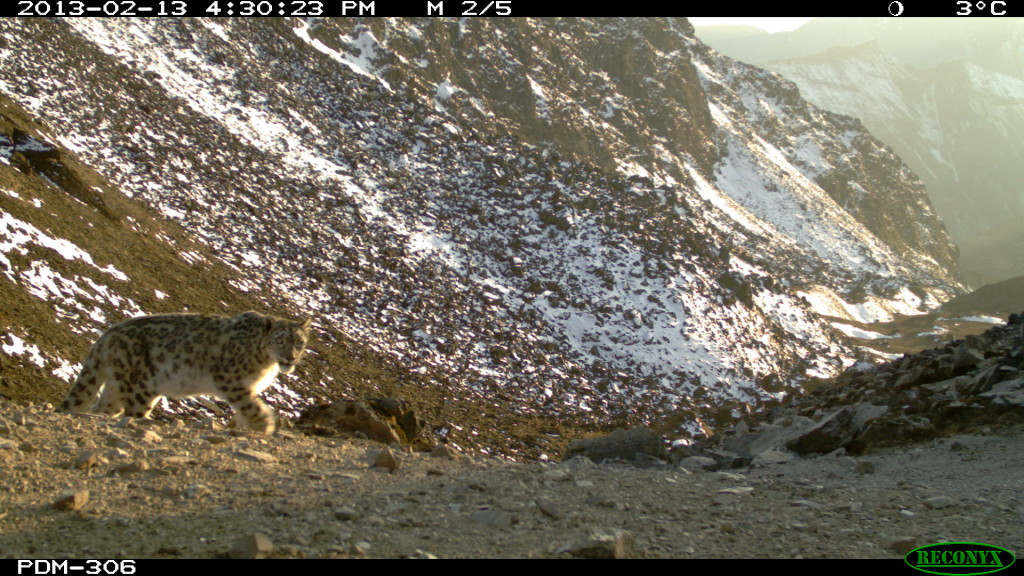
© WCP and WWF Bhutan
This extraordinary scene is from a new cache of video and images taken through a camera trap study by the Royal Government of Bhutan and WWF in Wangchuck Centennial Park, the country’s largest protected area.
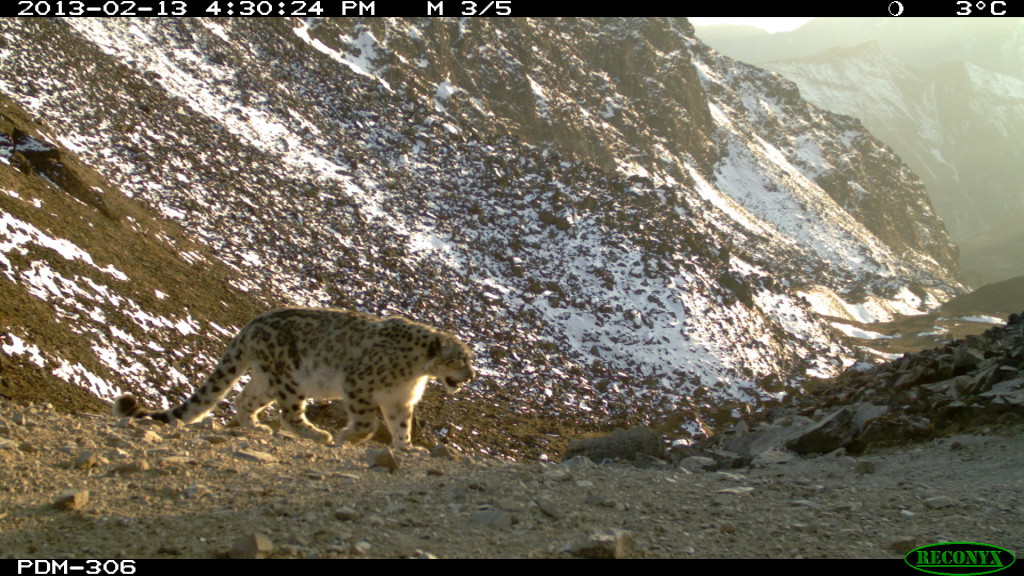
© WCP and WWF Bhutan
There are up to 6,000 snow leopards in the wild across 12 countries in Central Asia: China, Bhutan, Nepal, India, Pakistan, Afghanistan, Tajikistan, Uzbekistan, Kyrgyzstan, Kazakhstan, Russia, and Mongolia. Snow leopard numbers are gradually declining, with hunting and habitat loss due to climate change just some of the reasons that it is endangered.
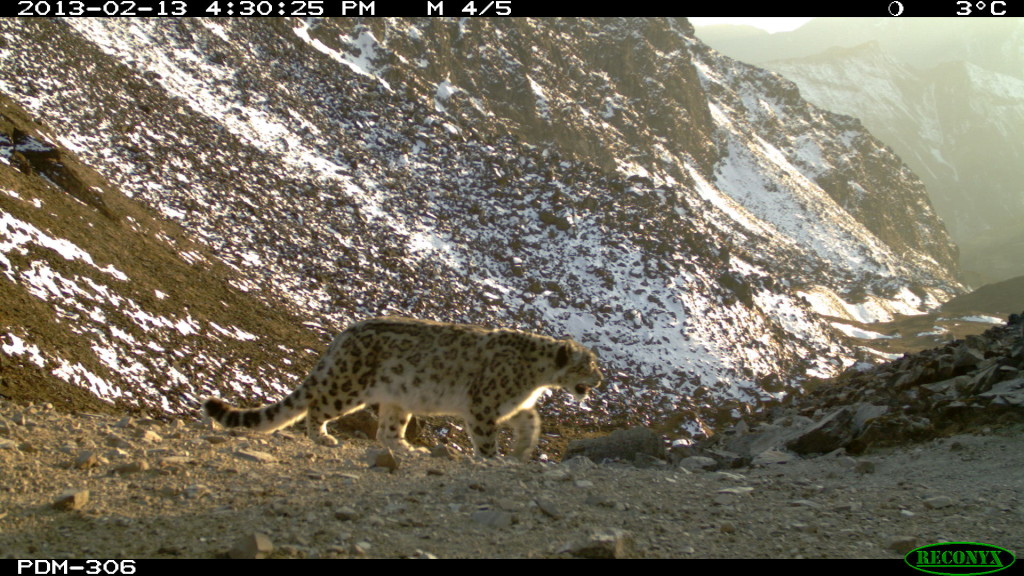
© WCP and WWF Bhutan
“It’s thrilling to actually see snow leopards—perhaps the most elusive of all the mountain species in the Himalayas—engage in behavior we would otherwise only read about,” said WWF’s Dr. Rinjan Shrestha who led the research team in Wangchuck Centennial Park.
© WCP and WWF Bhutan
© WCP and WWF Bhutan
© WCP and WWF Bhutan
© WCP and WWF Bhutan
© WCP and WWF Bhutan
What WWF is doing:
The Government of Bhutan and WWF have partnered to co-manage Wangchuck Centennial Park since it was designated as Bhutan’s tenth national park in 2008. With 244 vascular plant species, 23 mammal species and 134 bird species, the park is rich in biodiversity. Its dedication resulted in Bhutan having more than half its land under protection. The Government of Bhutan and WWF work together on species conservation, climate change studies, monitoring, patrolling and community conservation projects
How you can help:
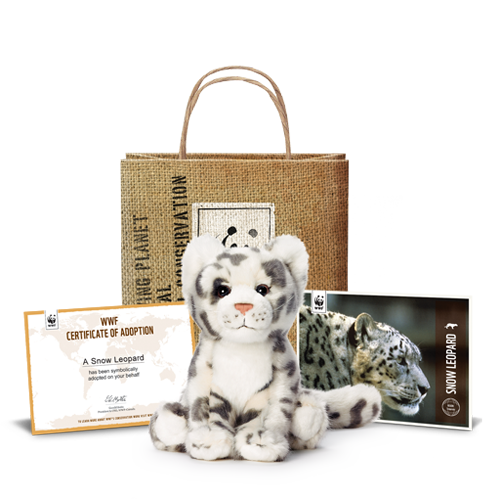
Support WWF’s work such and adopt a snow leopard today!

